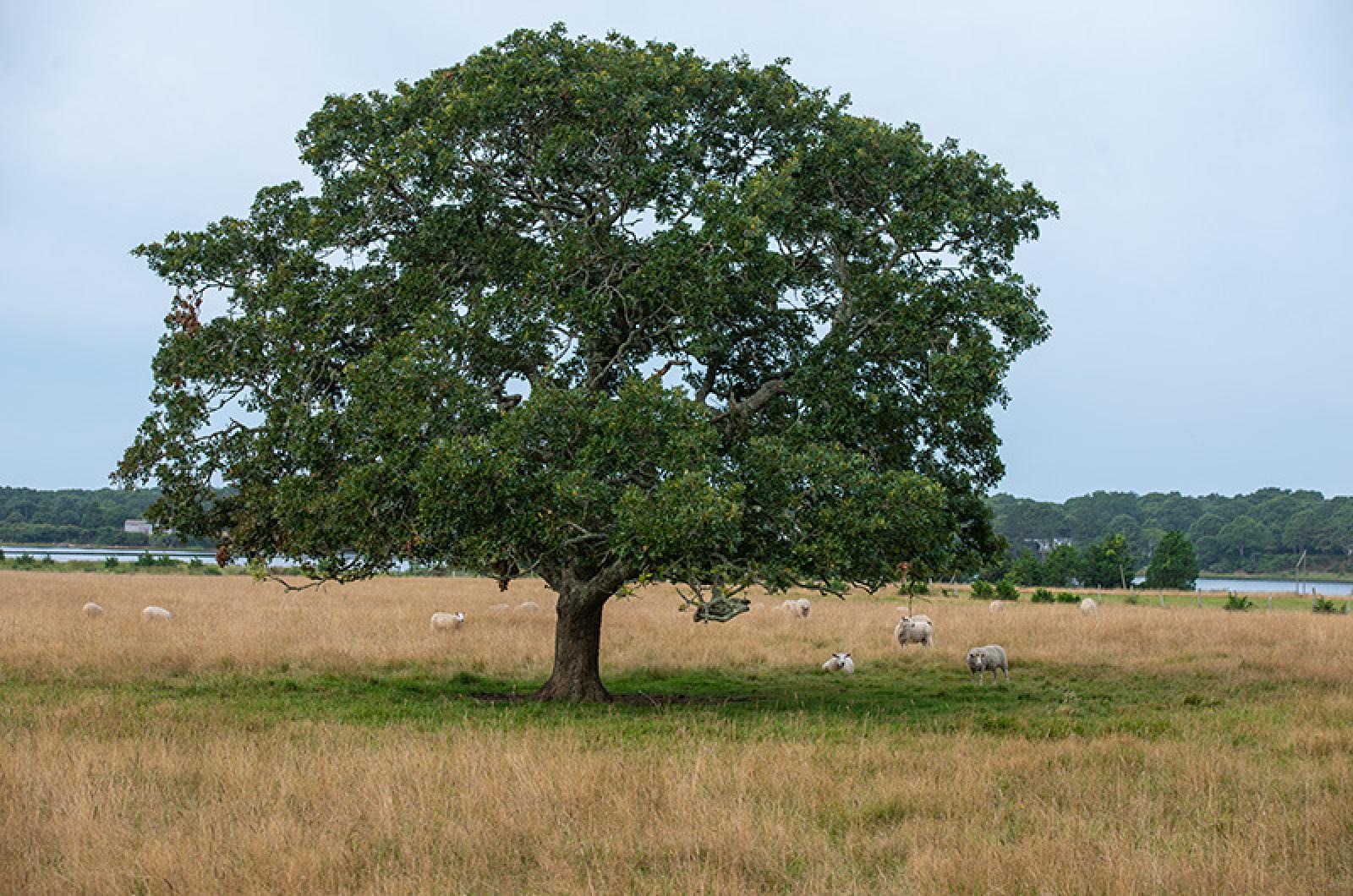I have spent most of my adult life rehabbing. Not from drugs or alcohol, but from participating in sports.
The story begins on the Martha’s Regional High School soccer field back in the ‘70s. While I was working summers as the tennis professional at the West Chop Club, I had heard that there were pick-up soccer games taking place there every Tuesday and Thursday evening at 6 p.m. I had played varsity soccer in high school and still loved to play. People would just show up at the field, pick up sides and we’d play shirts and skins until it was so dark we couldn’t see the ball any more.
And that’s when it happened. I tore the anterior cruciate ligament in my right knee running straight down the field on a fly pattern. No one was near me. It just happened. I heard a cracking sound, like ice being broken out of an ice tray, and down I went. Six months later the team doctor for the Philadelphia Phillies, Dr. Phillip Marone, scoped my knee. I woke up with three Band-Aids on my knee and was told he wasn’t going to fix it and I would have to live with it. It was a life-changing event.
I had brushes with injuries as a teenager in all the sports I played: three weeks with a painful shoulder on the junior tennis circuit; both ankles badly sprained playing soccer; mono-like fatigue during squash season. But this injury was different. In the time before routine ACL surgeries with a year of rehab to return to action, this event signaled an end to all-out athletics. If I ran too fast, the knee would start to tremble and come apart. If I stopped too fast, the knee would rupture and I would fall. If I stepped face-forward down a ship’s ladder, the knee would give out and I’d fall in a lump at the bottom of the stairs. If I planted the right foot and pivoted to the right, the knee would give way and down I’d go. And that’s when I started the real rehab.
Dr. Marone instructed me to build the muscles around the knee — quads and hamstrings — with exercise and weight lifting so that they could take up the burden of holding the knee together from the missing ligament. I bought ankle weights and a metal boot with a bar to which I could add additional weight. I did isometric exercises, tightening the quads or hams for 10 seconds and releasing, wherever I went — on an escalator, waiting in line, sitting at my desk, watching TV, standing and talking.
I was working at weekly newspaper — professional squash and tennis now in the rearview mirror — and I focused on writing and rehab. I got to where I could play again, but I had to know my limits. I slowly and painfully learned what they were, tearing cartilage in both knees, 10 years apart, and restarting rehab all over again each time.
I started rehabbing at age 24 and at 73 I am still doing it.
In going through this never-ending cycle of injury and rehab I have come to realize that rehab comes in different guises. When my first wife and I started having problems, we went to a marital and family therapist, three of them, actually. Over time it became clear, I was the only one who wanted to rehab the marriage. One therapist became so frustrated that he blurted out: ”I’ve never seen such opposites. When you say ‘white,’ she says, ‘black.’ When she says, ‘black,’ you say, ‘white.’”
When it appears there’s no good solution, sometimes it’s best to leave the playing field and try another venue. Which we did.
When in the mid-’90s computers and the Internet caused my magazine services business to falter, I had to take stock and adjust my entrepreneurial vision. I freelanced for an Internet publishing company and felt in a strange land with the new buzz words I was hearing: ”I need more bandwith,” “We’ve got to drill down.” I was hearing the future and it scared me. I had to learn this new language if I was going to survive. Eventually, I started my own internet business which is still going today. Businesses have to go to rehab, too.
But while rehab has helped me reset my life in numerous ways, the title of chief rehabber belongs to my mother. She’s the one who parasailed above Vineyard Haven harbor at age 90 after being too weak the day before to get out of the car to walk to the Chilmark Store. At age 92 she got a new right knee and rehabbed her way out of a walker to long walks on her own.
At 99 she fell and fractured her pelvis and her head suffered a subdermal hematoma. I remember sitting next to her in the rehab room at her senior residence at Beaumont at Bryn Mawr located in Pennsylvania, where together we picked Lego pieces out of a cardboard box as she regained hand and mind strength. I stood in front of her as she struggled to walk one step, then two, while being followed by two therapists who held out a wheel chair behind her in case she fell.
And then a year later, after breaking her left arm, an MRI revealed the hematoma was completely gone and the pelvis had healed. Three weeks later, at her 100th birthday party, she greeted 100 guests with grace and aplomb.
That’s the inspiration I live with today. Rehab means accepting the problem and understanding how to fix it. Sometimes the solutions and results surprise you. But it teaches you that the best way to keep going is to keep going.
David Lott lives in Vineyard Haven.




Comments (4)
Comments
Comment policy »